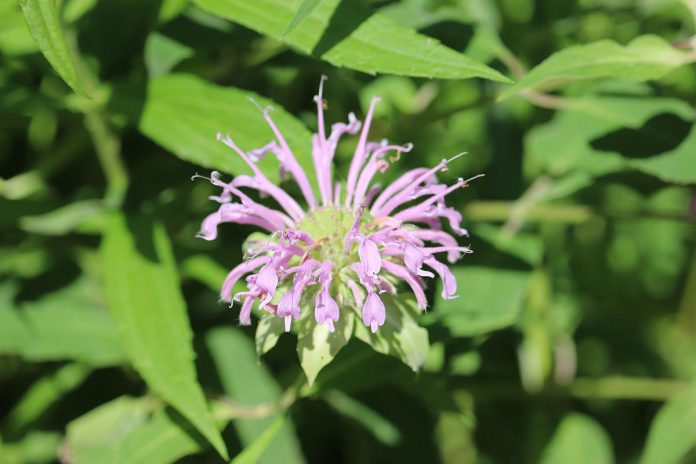
Maybe we’re biased, but we think plants are gosh darn sexy.
That’s especially true for the native plants that have adapted to life in Ontario and developed all sorts of neat relationships in our beautiful ‘neighbourwoods’ and gardens.
We’d like to introduce you to some of the beautiful and fascinating plants that call Ontario home, and the benefits they can bring to your yard and garden.
1. Wild Columbine
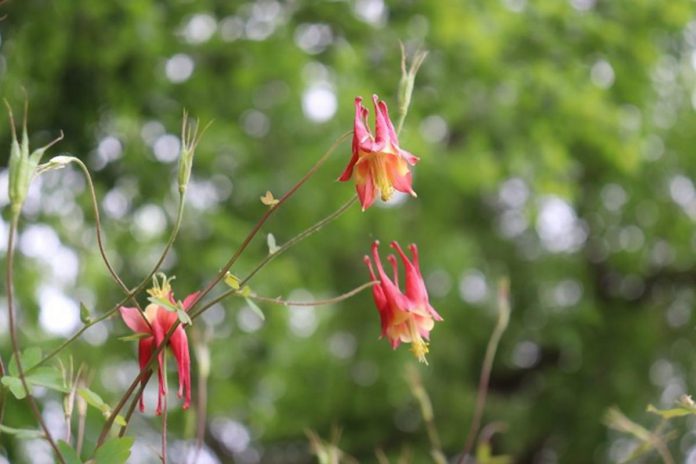
I am Wild Columbine (Aquilegia canadensis). I am a native, perennial wildflower. I grow up to two feet tall. I am happiest in partial shade, but I can survive in full sun or almost full shade.
I am naturally found in woodland areas. I have large, showy red flowers that bloom from April to July and attract a wide range of species including hummingbirds, bees, butterflies, and moths.
2. False Sunflower
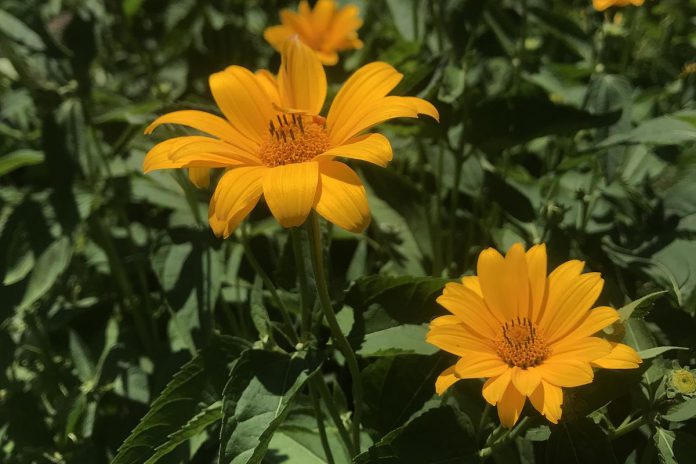
My name is False Sunflower (Heliopsis helianthoides), but you can also call me Smooth Oxeye. I am a multi-stemmed upright wildflower with showy yellow flowers that bloom from June to August. My flowers reach around 1.5 metres in height!
I love sun, and I tolerate drought, and I can grow in heavy clay soil. A wide variety of insects enjoy the nectar from my cheerful blooms, including long-tongued bees, halictine bees, bee flies, and butterflies.
3. Virginia Waterleaf
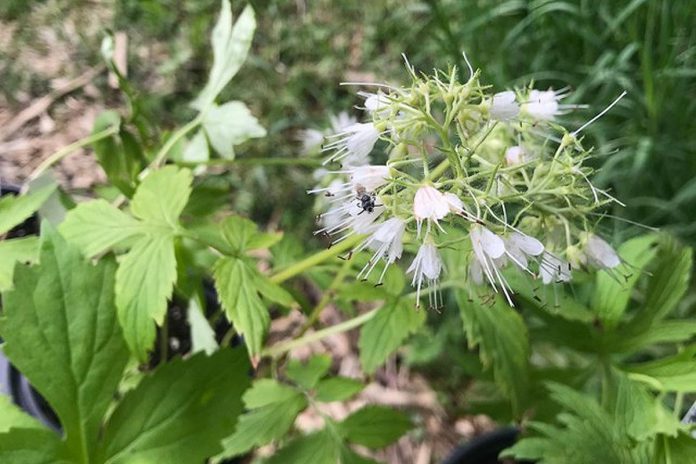
I am Virginia Waterleaf (Hydrophyllum virginianum). I am a native perennial found in moist forests. I am a low-maintenance groundcover that prefers part shade to full shade, and rich moist soil.
Many bees drink my nectar, including the native waterleaf cuckoo bee, who exclusively feeds on plants in the waterleaf family.
4. Red Osier Dogwood
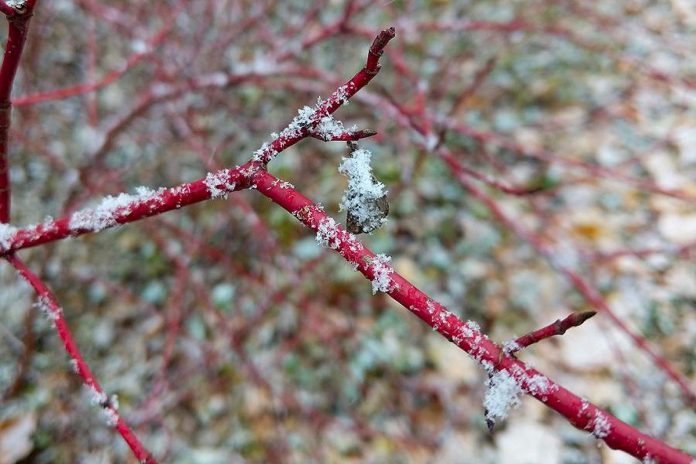
I am Red Osier Dogwood (Cornus sericea). I am an adaptable native shrub that is often found in part shade and in moist soils. My vibrant red stems stand out, particularly in winter.
My clusters of white flowers bloom in late spring. I am a larval host for the Spring Azure butterfly, and used by many birds and mammals.
5. Meadow Sundrop
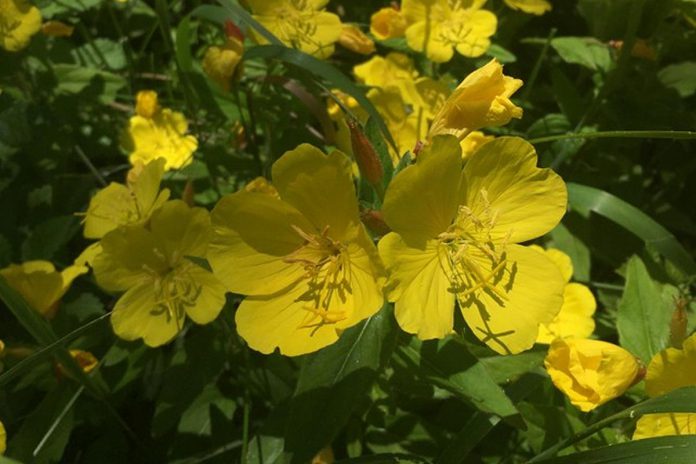
I am Meadow Sundrop (Oenothera pilosella). I’m a fantastic choice for prairie and meadow gardens as I prefer full sun. I reach about two feet in height, and spread through rhizomes (rootstalks).
My yellow fragrant flowers bloom during the daytime in June and July, and are primarily pollinated by long-tongued bees, butterflies, and skippers.
6. Carolina Rose

I am Carolina Rose (Rosa carolina). I’m a native shrub that produces fragrant, pink blooms in mid-spring. I grow up to 1.5 metres in height and spread through rhizomes, which makes me useful in the garden as a hedge or barrier.
Many bees visit my flowers, and wildlife use me for cover. I enjoy being in full sun to part shade, often on the edge of woodlands and prairies, and in thickets.
7. Purple Cone Flower
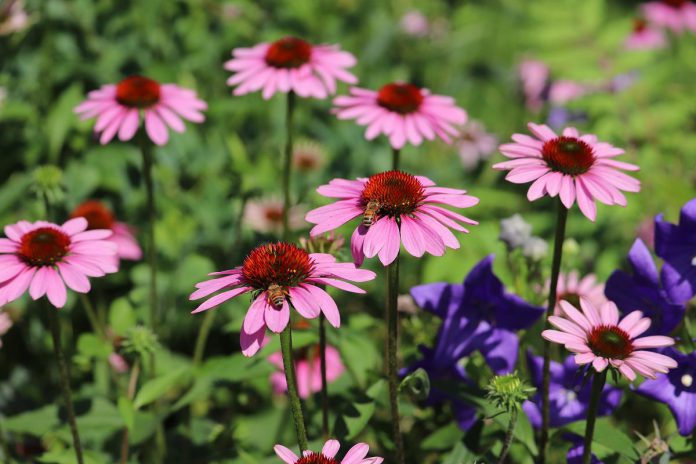
I am the Purple Cone Flower (Echinacea purpurea). I am a hardy, long-blooming perennial that thrives in full sun and normal to dry conditions. My blooms of purple flowers in late July to August are colourful and interesting and attracts loads of pollinators.
Drought-tolerant and pest-free. I will grow up to four feet in the right conditions.
8. Mountain Ash
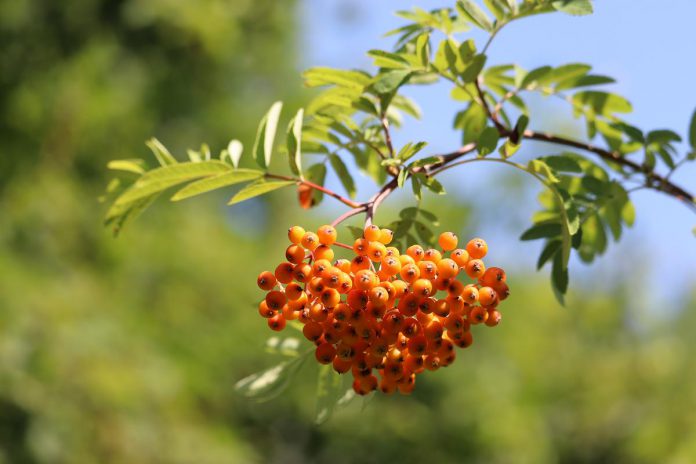
I am the Mountain Ash tree (Sorbus americana). I am found almost all across Ontario. I’m an adaptable tree. I can grow in normal, moist, or dry conditions. I’m also a a smaller tree, growing up to 10 metres tall. I am able to grow in a variety of soils, including poorer soils.
I produce bright orange berries that attract many bird species, including cedar waxwings. The birds love to eat my berries, especially in winter when food is more difficult to find.
9. Northern Catalpa
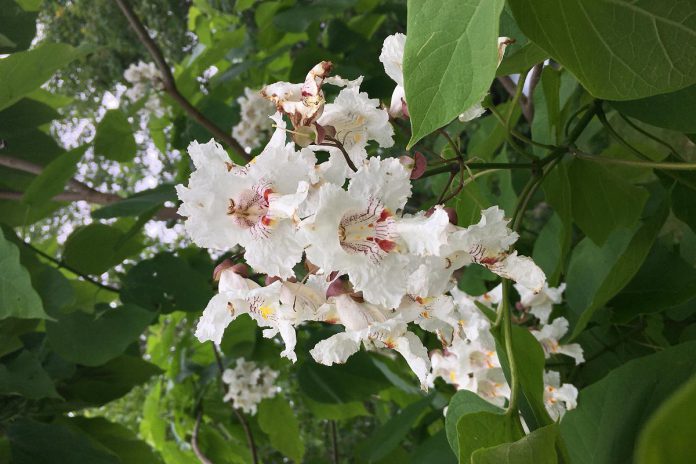
I am the Northern Catalpa tree (Catalpa speciosa). I am a unique, fast-growing heritage tree with show-stopping features. My large blooms appear in dense clusters in June. In late summer, I grow long seed pods.
My leaves are heart-shaped and up to 30 centimetres in length because I love soaking up the sunshine. I prefer full sun in a location sheltered from harsh winds.
Every Thursday we share a plant profile via @ptbogreenup on Twitter, Instagram, and Facebook. We hope you’ll follow us to meet more plant friends with benefits!
Visit the GreenUP Ecology Park Nursery to bring home some plant friends with benefits! Proceeds from sales support GreenUP’s programs across the Peterborough region. For hours and more information, visit greenup.on.ca/nursery.


























